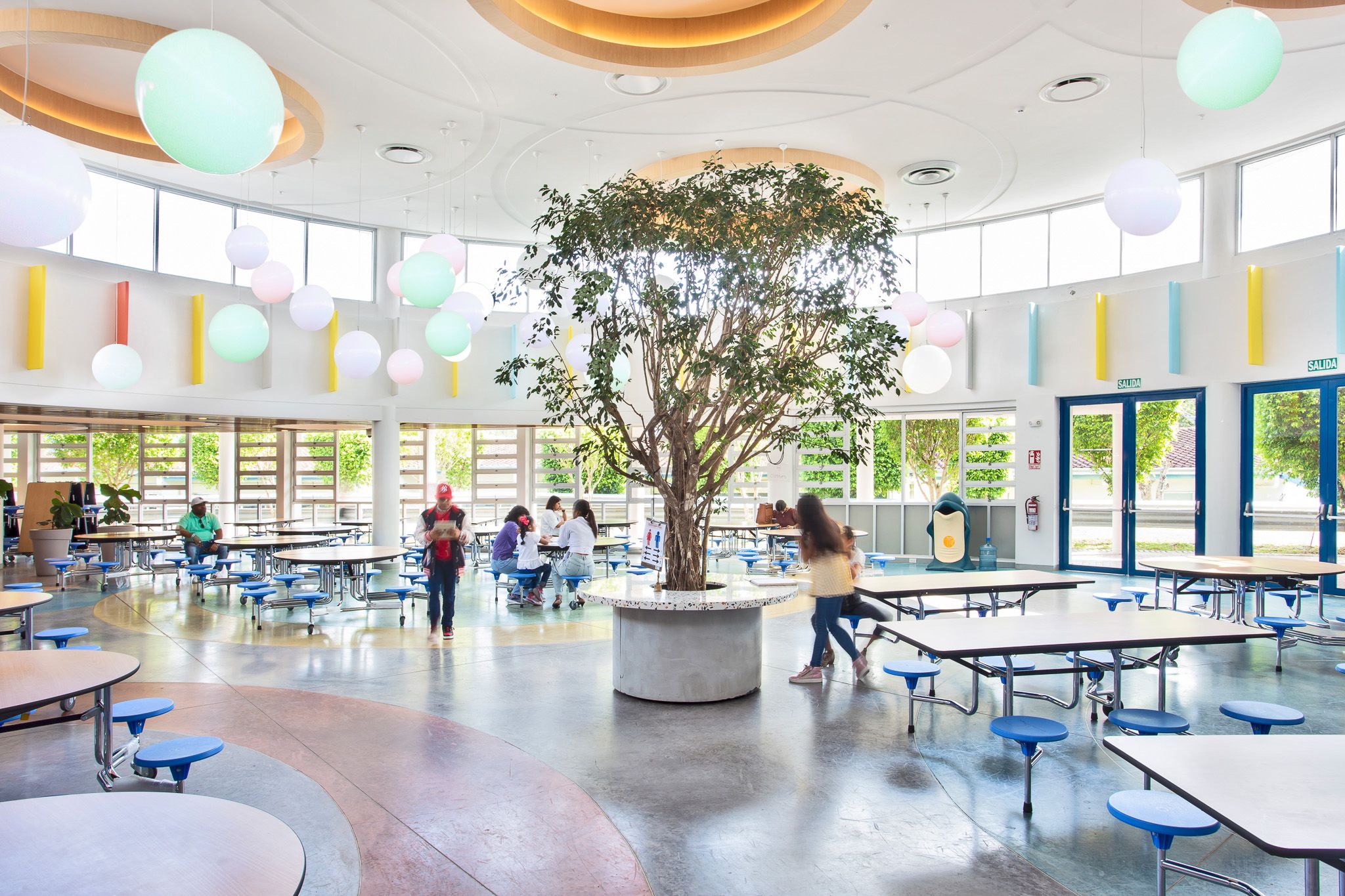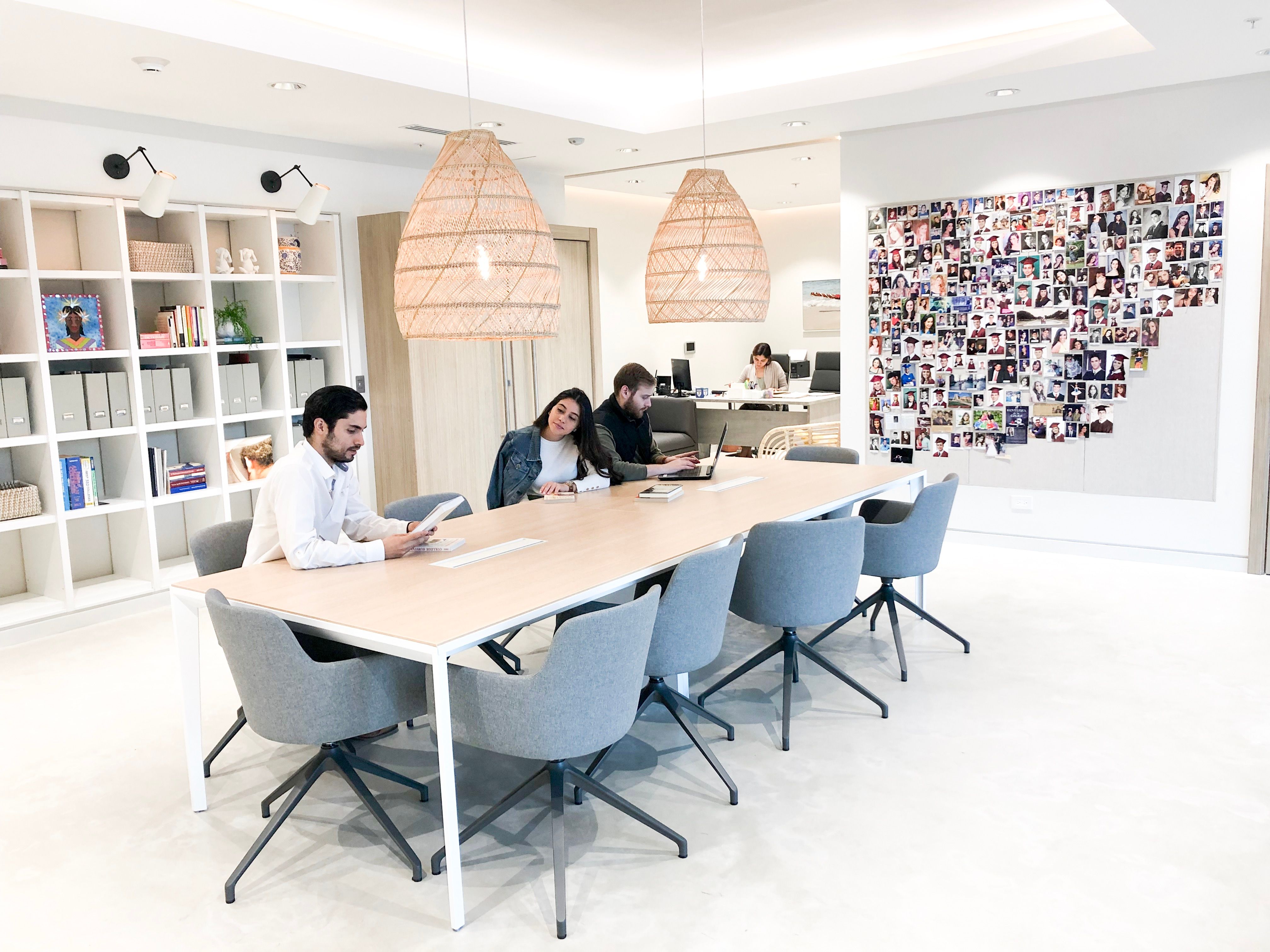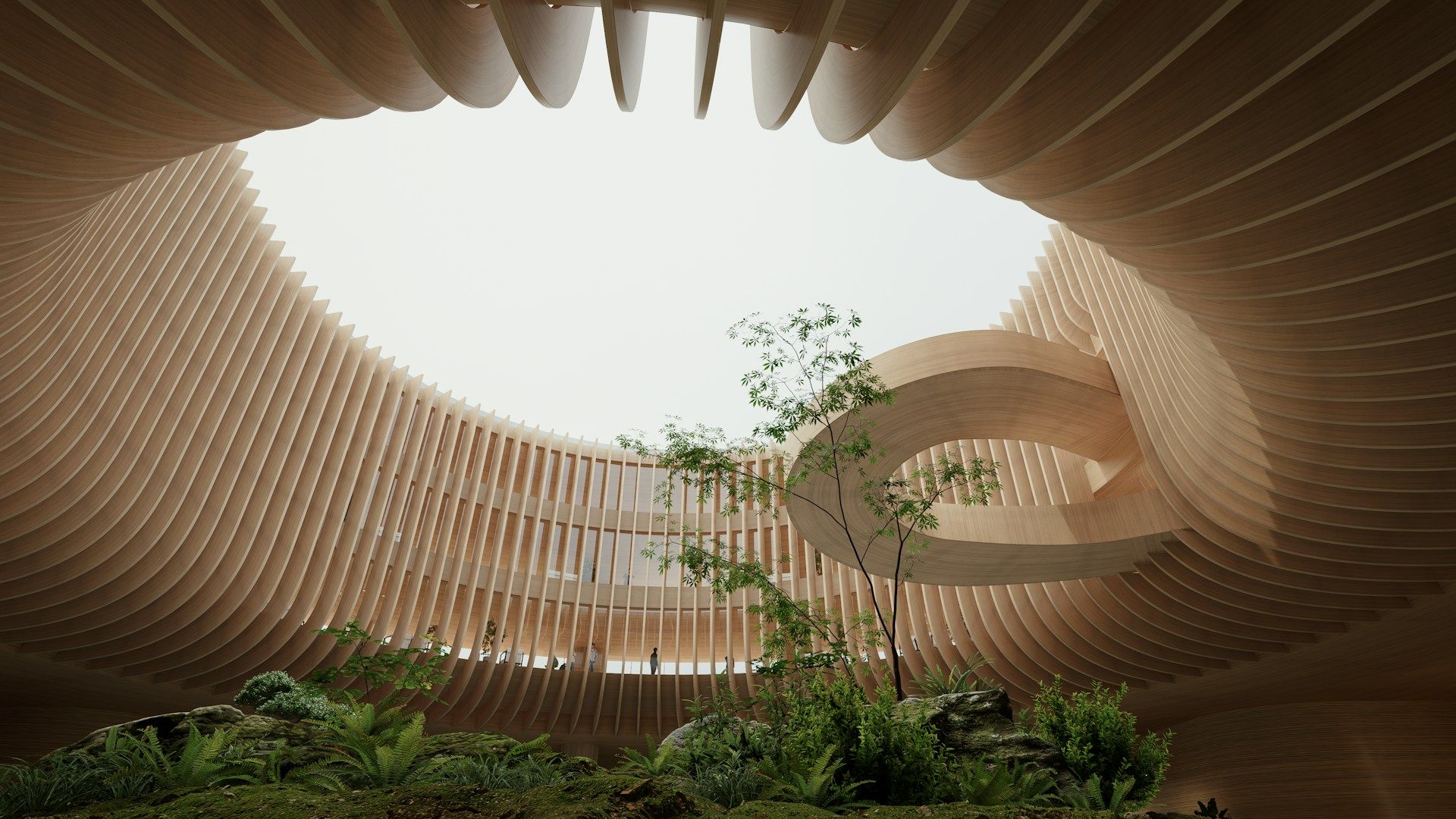Architectural Design in Educational Institutions: Impact and Examples
Architectural design in educational institutions goes far beyond creating functional classrooms. It involves conceiving spaces that promote learning, inspire creativity, and contribute to the emotional and physical well-being of students.
Modern educational architecture seeks to balance functionality and aesthetics with a focus on sustainability and technology.
Díaz Díaz has developed standout educational projects in Panama, such as the International School of Panama and The College Connection, which exemplify how thoughtful design can transform the educational experience.
This article explores how these projects have become benchmarks in architectural design for education.
The Impact of Design on Learning
The environment in which students learn directly influences their performance and well-being. A well-designed space can enhance skills, foster collaboration, and facilitate learning. Spaces that take advantage of natural light, have good ventilation, and are efficiently organized are essential to creating a conducive study atmosphere.
In modern educational institutions, traditional classrooms have evolved into multifunctional spaces that allow students to adapt to various forms of learning. Common areas, interactive libraries, and outdoor spaces have become essential in school designs as they promote interaction and creativity.
International School of Panama: Educational Innovation and Sustainability
The International School of Panama (ISP) is a clear example of how architectural design can positively impact education. Designed to serve a diverse student community, the campus stands out for its ability to adapt to the changing needs of its users.

Flexible and Collaborative Spaces
At ISP, classrooms are designed to foster both individual work and group collaboration. The flexibility of the design allows spaces to be reconfigured according to the needs of each educational activity. Additionally, common areas, such as libraries and labs, are equipped with advanced technology to support interactive and practical teaching.
Integrated Sustainability
The design of ISP incorporates sustainable strategies such as cross ventilation, maximizing natural light, and using local materials. These features not only reduce environmental impact but also create a healthier environment for students and teachers.
Outdoor Areas
The campus’s green spaces and open courtyards provide places where students can relax, play, and socialize, promoting their emotional and physical well-being. These areas are designed to complement classroom learning, offering a balanced and holistic environment.
The College Connection: Designed for the Future
The College Connection focuses on preparing students for their transition to the professional world. Its architectural design is aimed at inspiring students and fostering connections between them, their mentors, and the educational community.

Dynamic Learning Stations
The campus is divided into spaces that promote various learning styles. From areas for collaborative work to zones for individual concentration, each corner is optimized to meet diverse academic needs. Modular furniture allows for flexible configurations, adapting to workshops, conferences, and tutoring sessions.
Technological Integration
The College Connection is designed to stay at the forefront of technology. Students have access to workstations equipped with the latest digital tools, enabling them to develop skills relevant to the job market. Additionally, virtual and augmented reality resources have been incorporated to enrich learning experiences.
Inspiring Environments
The interior design of The College Connection uses soft colors, warm lighting, and natural materials to create a welcoming and motivating atmosphere. Large windows and open spaces ensure natural light flows throughout the building, improving concentration and reducing fatigue.
Key Elements of Educational Design
Projects like ISP and The College Connection share several fundamental principles that reflect Díaz Díaz’s philosophy in educational design:
Flexibility: Spaces must adapt to various activities and needs, fostering both collaborative and individual learning.
Sustainability: Integrating sustainable strategies reduces environmental impact while enhancing user experience.
Technology: Design must incorporate tools and technological resources that prepare students for the future.
Well-being: Spaces should promote physical and emotional well-being, balancing work areas with zones for rest and recreation.
Challenges and Opportunities in Educational Design
Architectural design in educational institutions faces unique challenges, such as balancing limited budgets with creating innovative spaces. Additionally, ensuring designs are inclusive, accessible, and capable of meeting the needs of students with varying abilities is essential.
However, these limitations also present opportunities to explore creative and innovative solutions. For example, using technologies like BIM modeling can optimize design and construction, ensuring projects stay within budget without compromising quality. Similarly, incorporating sustainability principles not only benefits the environment but also reduces long-term operational costs.
Trends in Educational Design
As educational needs evolve, so does architectural design in this field. Emerging trends include:
Hybrid Learning: Spaces must adapt to both in-person and virtual teaching, integrating advanced technology to facilitate both modalities.
Student-Centered Design: Personalizing spaces to reflect students’ needs and preferences is becoming a priority.
Outdoor Areas: Creating green zones and open spaces fosters a connection with nature and enhances users’ well-being.
Inclusion and Accessibility: Modern designs prioritize accessibility, ensuring all students can fully enjoy the facilities.
Architectural design in educational institutions has the power to transform not only physical spaces but also how students learn and develop. Projects like the International School of Panama and The College Connection are examples of how Díaz Díaz leads in this field, creating environments that inspire, connect, and prepare future generations. By combining functionality, sustainability, and technology, these designs represent the future of education, where spaces are not just classrooms but tools for academic and personal success.






